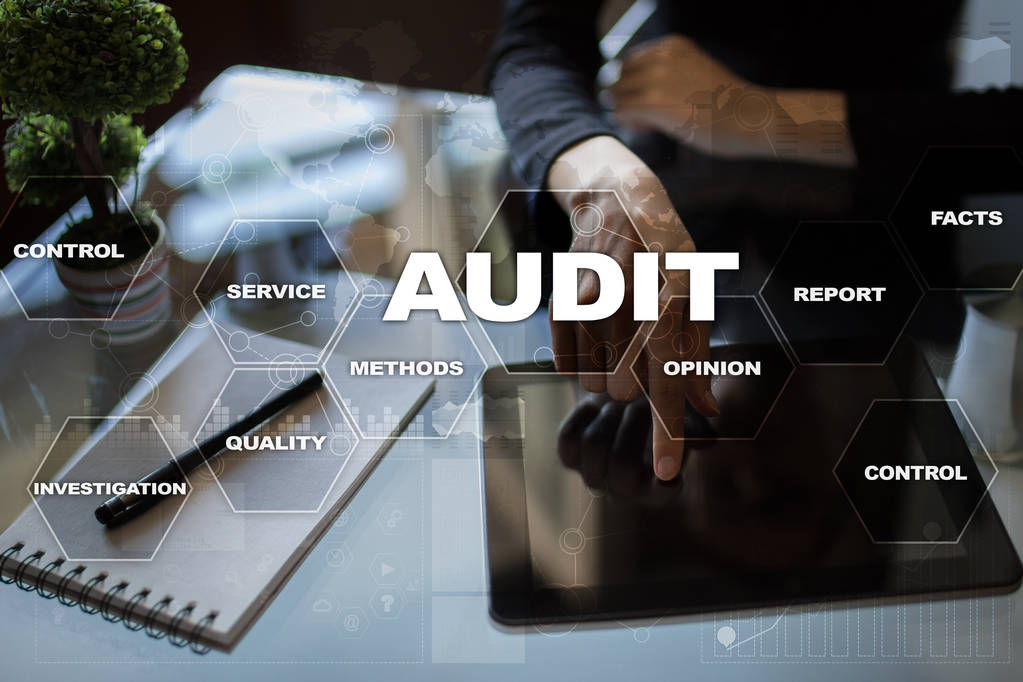Understanding Compliance Audits: A Comprehensive Overview
In the dynamic and rapidly evolving business landscape, regulatory compliance has become a critical aspect for organizations across all industries. As governments and governing bodies impose more stringent regulations, businesses must ensure they adhere to the set guidelines to maintain legal and ethical integrity. Compliance audits play a pivotal role in evaluating an organization’s adherence to these regulations, providing assurance to stakeholders, and mitigating potential risks.

This article will delve into the intricacies of compliance audits, their purpose, processes, and benefits.
- Defining Compliance Audits
A compliance audit is a systematic and independent examination of an organization’s operations, processes, and procedures to ensure they comply with relevant laws, regulations, industry standards, and internal policies. These audits are conducted to determine whether the organization is following the established rules and guidelines and identify potential deviations that might lead to non-compliance issues.
- The Purpose of Compliance Audits
The primary objective of compliance audits is to verify whether an organization is operating within legal boundaries and ethical standards. By conducting these audits, businesses can:
a. Identify Non-Compliance: Compliance audits help uncover any violations of laws, regulations, or internal policies, allowing organizations to address and rectify such issues promptly.
b. Prevent Financial Losses and Penalties: Detecting and rectifying non-compliance issues can prevent the organization from incurring substantial fines, penalties, and legal consequences.
c. Mitigate Reputational Risks: Non-compliance can damage an organization’s reputation, leading to a loss of customer trust and loyalty. Compliance audits help safeguard the organization’s reputation.
d. Enhance Efficiency: By reviewing and evaluating processes, compliance audits can identify areas of inefficiency and suggest improvements to streamline operations.
e. Strengthen Internal Controls: Compliance audits can highlight weaknesses in internal control systems, enabling organizations to implement robust measures to safeguard against fraud and errors.
- Types of Compliance Audits
Compliance audits can vary in scope and focus, depending on the specific requirements of an organization or the regulations applicable to its industry. Some common types of compliance audits include:
a. Financial Compliance Audit: These audits focus on an organization’s financial records and practices to ensure compliance with accounting standards, tax regulations, and financial reporting requirements.
b. Operational Compliance Audit: These audits assess an organization’s adherence to internal policies and procedures, evaluating its day-to-day operations.
c. Environmental Compliance Audit: Environmental compliance audits verify whether an organization is complying with environmental laws and regulations, ensuring responsible environmental practices.
d. Data Security and Privacy Compliance Audit: These audits examine an organization’s data handling processes and security measures to protect sensitive information and ensure compliance with data protection regulations.
e. Healthcare Compliance Audit: Healthcare providers undergo audits to ensure they are adhering to strict medical and privacy regulations to safeguard patient data and deliver quality care.

- Conducting Compliance Audits
The process of conducting compliance audits involves several key steps:
a. Planning: This initial phase involves defining the audit’s scope, objectives, and criteria. Auditors identify the laws, regulations, and policies that apply to the organization and develop an audit plan.
b. Data Collection: Auditors gather relevant data and information, which may include financial records, operational reports, policies, procedures, and interviews with key personnel.
c. Evaluation: In this stage, auditors analyze the collected data to assess the organization’s compliance with the identified regulations and policies.
d. Findings and Recommendations: Auditors document their findings, highlighting areas of non-compliance and making recommendations for improvement.
e. Reporting: A comprehensive audit report is prepared, outlining the audit’s scope, methodology, findings, and recommendations. The report is shared with relevant stakeholders, including management and regulatory authorities.
Learn more at Wiki as well.
